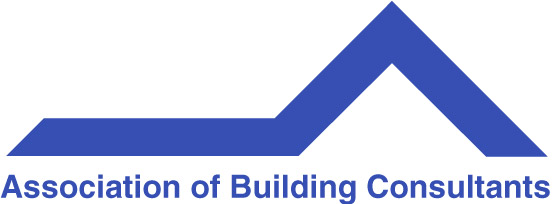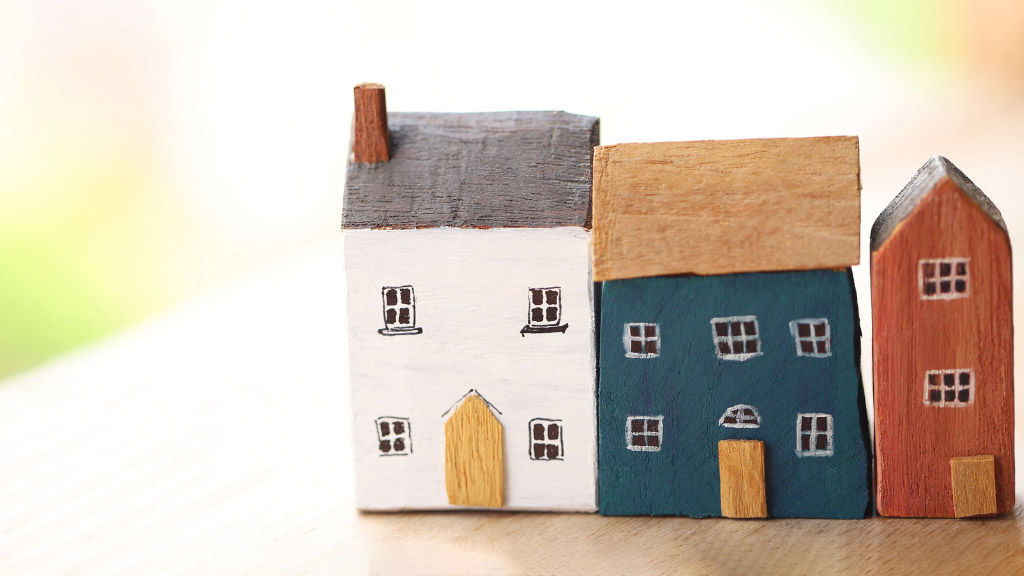Buiding basics for high-risk busfire zones

Even though it's cold outside right now, Winter is the ideal time to start preparing for the next bushfire season. For homeowners living - or planning to build - in one of South Australia’s bushfire-prone areas, understanding your legal obligations and building requirements is critical.
It’s not just about compliance; it’s about protecting your home, your family and your future.
As Planning and Building Rules consents are often slow to obtain, now is the perfect window to get ahead before the warmer months return. South Australia’s planning and building codes have evolved to address increasing bushfire risks - and failing to meet them can mean delays, re-designs, or worse, compromised safety.
Here’s what you need to know.
What is a Bushfire Prone Area (BPA)?
In South Australia, a Bushfire Prone Area is defined under the Planning and Design Code and designated on the South Australian Property and Planning Atlas (SAPPA). If your property is within a BPA, additional requirements apply to new builds, renovations and extensions to improve resistance to bushfire attack.
Know your Bushfire Attack Level (BAL)
The Bushfire Attack Level (BAL) is a measure of the severity of a building’s potential exposure to ember attack, radiant heat and direct flame contact. South Australian developments in a BPA require a BAL assessment as part of the planning and development process.
BAL categories range from BAL-LOW to BAL-FZ (Flame Zone), with construction requirements becoming progressively more rigorous. For example, a BAL-12.5 may only require basic ember protection measures, compared to a BAL-40 and BAL-FZ which involve specialised materials and construction methods that can significantly affect design and add substantially to the cost.
Planning requirements under the SA Planning and Design Code
If your proposed development is in a BPA, you’ll need to comply with the South Australian Planning and Design Code. This includes:
- Mandatory referral to the Country Fire Service (CFS) for certain development applications in high-risk areas (particularly those rated BAL-29 and above or located outside townships).
- Compliance with specific bushfire protection measures, such as asset protection zones, defendable space and access for firefighting vehicles.
- Ensuring that landscaping, dedicated water supply, firefighting equipment and emergency exits are designed with bushfire safety in mind.
Working with a planning consultant or accredited building professional can streamline this process and help avoid compliance issues.
Building Code of Australia (BCA) compliance
In addition to planning approval, building work must comply with the National Construction Code (NCC) - specifically Australian Standard AS 3959: Construction of buildings in bushfire-prone areas. South Australian legislation mandates compliance with this standard in designated areas, ensuring the use of fire-resistant materials and construction techniques appropriate to the BAL rating of the site.
It’s essential to work with a builder and designer who are familiar with the requirements of AS 3959, because incorrect or inadequate implementation can result in non-compliant buildings that may not be insurable or safe.
If your home has been built in a bushfire zone and burns down, but is found to have been non-compliant, your insurance claim will probably be denied – so it is important to get it right!
Don’t forget existing homes
While the focus is often on new builds, alterations and additions to existing homes in BPAs may also trigger bushfire construction requirements. Even if your existing home was built before the current codes were introduced, any new work must comply with today’s standards.
If you're unsure how changes may impact your obligations, it’s wise to consult an experienced building consultant early in the design phase.
Engage a qualified professional
Navigating bushfire planning and construction codes in South Australia can be complex. That’s where members of the Association of Building Consultants come in. Our members are experienced professionals who understand the nuances of the planning system, construction standards and bushfire compliance in South Australia.
Before starting your next project, engage a professional who can guide you through the process - ensuring your home is safe, compliant and designed to withstand our state’s unique environmental risks.







